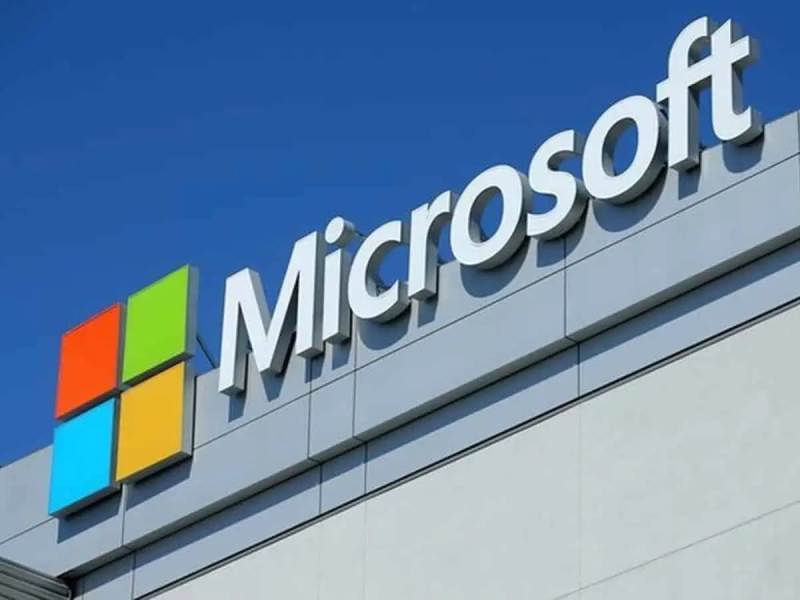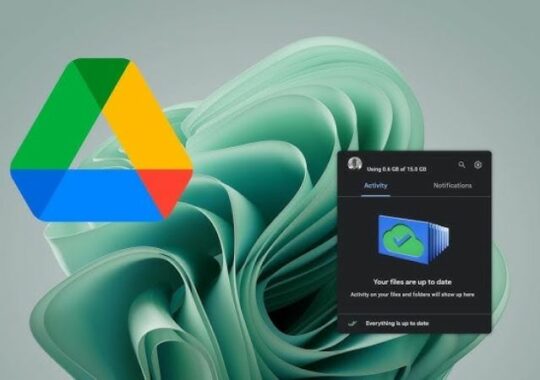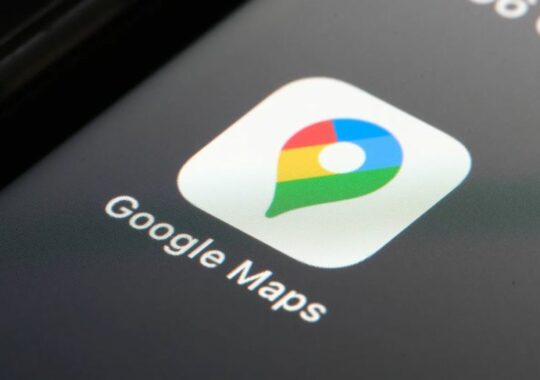Thanks to a recent development from Microsoft, your next work laptop or smartphone may run on a battery that is much more environmentally friendly.
Together with the Pacific Northwest National Laboratory (PNNL), the computing behemoth is working to create a new method of producing batteries that contain up to 70% less lithium than those made today.
With demand for rare earth metals skyrocketing globally and concerns about their detrimental effects on the environment due to inadequate recycling processes, the new model would reduce dependency on lithium and possibly other rare earth metals, which are becoming harder to mine and use.
upcoming generation batteries
Microsoft and PNNL detailed in a blog post how they constructed a proof-of-concept functional prototype battery earlier this year that can presently run a lightbulb.
The prototype was built using a novel material that was found in the Azure Quantum Elements platform using AI and HPC. This process, which usually takes decades, was significantly accelerated by being able to reduce 32 million possible materials to 18 promising candidates in just 80 hours.
The models were able to reduce HPC calculations and predict material properties 1,500 times faster than conventional density functional theory (DFT) calculations because they were trained on millions of data points from materials simulations.
PNNL has now synthesized and stabilized the material and will conduct several additional tests to determine its efficiency and stability.
“We believe there’s a chance to do this in a lot of scientific domains,” PNNL Chief Digital Officer Brian Abrahamson says. Recent developments in technology have made it possible to speed up scientific research. The creation of new batteries has been a labor-intensive process and is a huge global challenge. Human-scale material synthesis and testing is inherently constrained.
“With our Azure Quantum Elements platform, Microsoft is enabling customers to access these innovations,” stated Dr. Nathan Baker, Senior Director, Microsoft Partnerships for Chemistry and Materials. “It is the combination of scientific expertise and AI that will compress the next 250 years of chemistry and materials science innovation into the next 25, transforming every industry and ultimately unlocking a new era for scientific discovery.”
“Among the numerous ways Azure Quantum Elements will generate previously unheard-of opportunities is the AI-assisted discovery of 500,000 stable materials, which could result in the identification and synthesis of a new material. Our mission is to enable discoveries across all industries by providing research and development (R&D) teams with a platform that any scientist can use. Nearly all manufactured goods would benefit from innovations in the fields of chemistry and materials science.”





